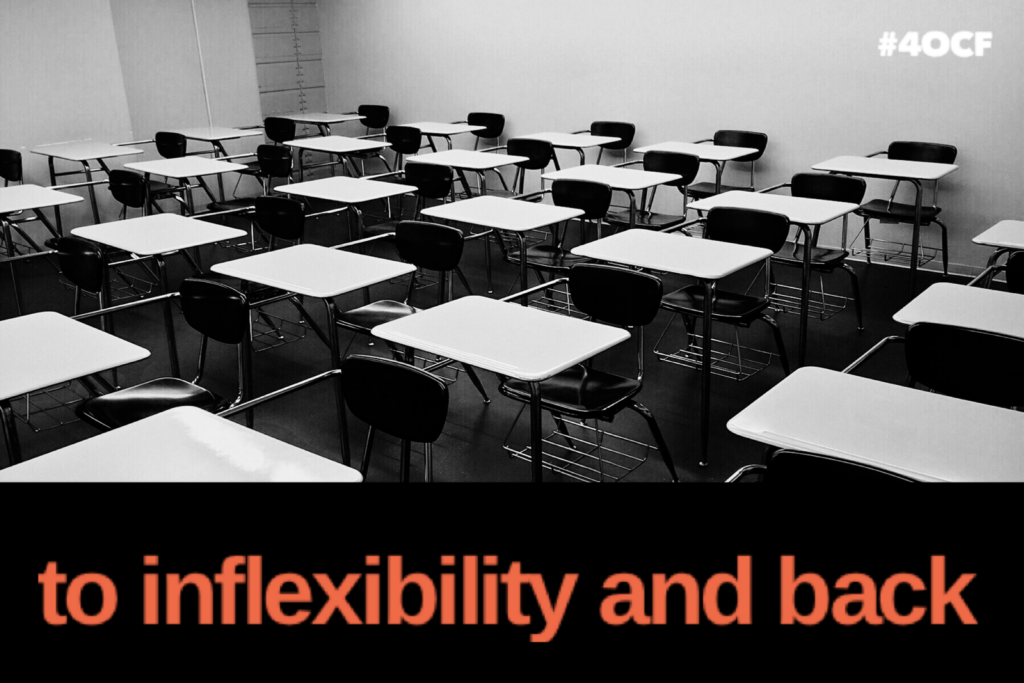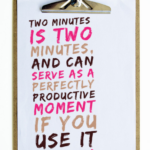A few years ago, there was a great shift toward flexible seating within classrooms. The idea was to give students ownership and control over where and how they best learned in the classroom. Some students might benefit from standing at their desks. Some might prefer to sit in a comfortable, cozy corner as they read, but then work at a whiteboard during math. The beauty in the shift that I noticed in classrooms is that design, workflow, and student needs were considered first over compliance, decorating, and management concerns.
All was well and good with the shift until March of 2020. We suddenly went home, forgetting all we had learned about classroom design and workflow. When we came back, we needed to figure out how to space (I won’t use the phrase social distance!) everyone so that they were six feet apart at all times. All of the work that went into determining what was best for each individual student became a lot of energy put into making our classrooms standardized again. Lots of desks in rows separated by plexiglass dividers. Collaboration went out the window, and Poof! – A lot of the work that took place over the past five years was suddenly gone in an instant.
Now, here we stand on the verge of trying to bring all students back into our schools while also trying to bring back that classroom design flexibility while still having to maintain rigid requirements that cause inflexibility. So, how do we begin to make this transition again? What can we do to welcome students into our classrooms next year, and have them feel ownership in their environment or setting? First and foremost, we will obviously need to consider health and safety standards. We will need to make sure that kids can safely go back to flexible seating and comfort in the classroom.
Our next step is key though. We will need to consider what works best for our students. When we began to transition to more flexible classrooms several years ago, it was because we asked what worked best for students. It can be done again, but classroom and school design needs to start with a student-centered focus.
We’ve been flexible before. We now know what a year of inflexibility looks like.
And now, it’s time to go back.
Rich




